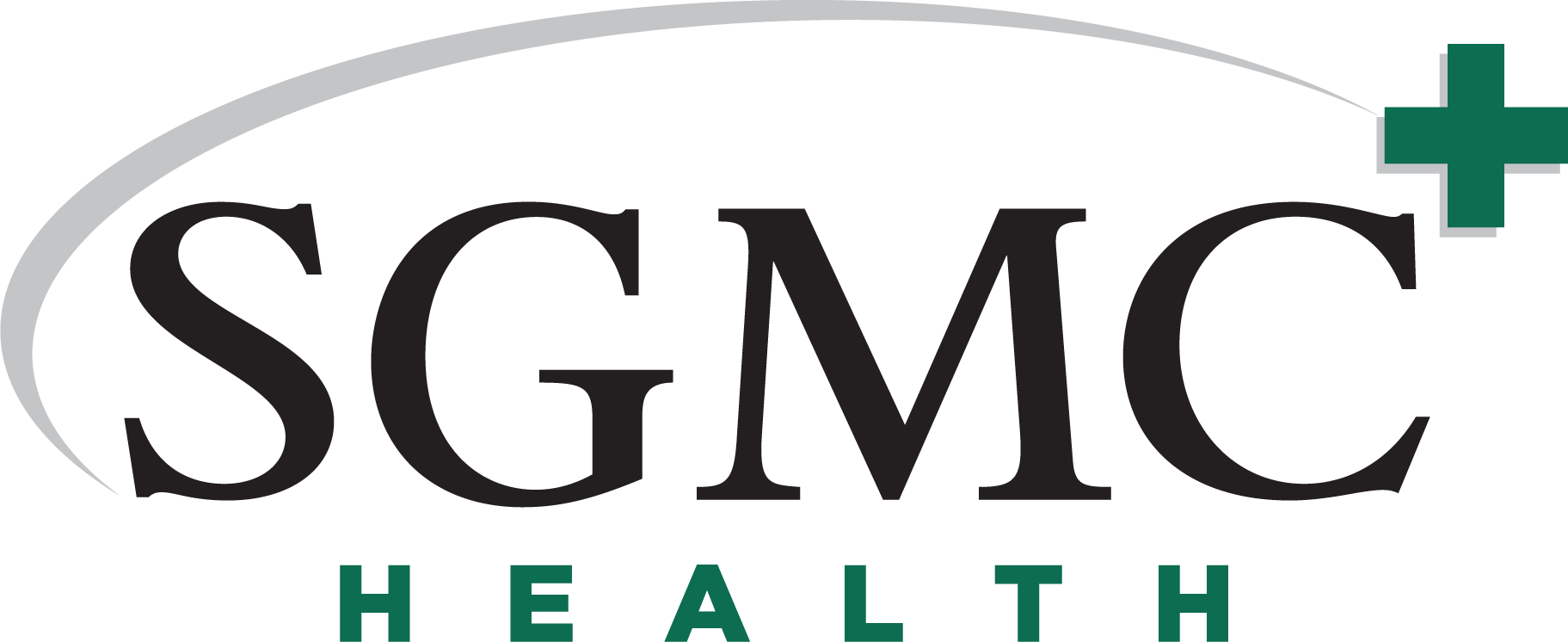2/8/2012
South Georgia Medical Center’s Mobile Healthcare Services (MHCS) celebrates 40 years of community service on Sunday, February 12, 2012.As one of the original emergency medical services in Georgia, SGMC’s MHCS continues to lead the state in the development of protocols that are models for quality patient care. In 2011, SGMC’s MHCS was recognized as “Service of the Year” for Georgia EMS Region 8, which includes 27 southwest and central Georgia counties. In 2012, MHCS Chief Tim Brogdon was recognized by Governor Nathan Deal with the Governor’s Public Safety Award for his leadership and dedication to his professionSGMC CEO Randy Sauls said, “The EMS fortieth anniversary of our EMS service is a wonderful occasion and we are privileged to recognize the dedicated men and women who save lives every day. Our paramedics and EMTs demonstrate specialized skills to provide non-emergency, emergency and critical care ambulance transport for patients throughout the southeast.”According to Chief Brogdon, caring, highly-skilled medics and advanced medical technology are two reasons why the service is so highly regarded. In addition to SGMC operating a regional training center for area EMS agencies, SGMC works closely with the City of Valdosta, City of Hahira and Lowndes County to offer medical first responder training for firefighters and law enforcement as well. Training includes classroom instruction and clinical training that includes pharmacology, cardiology, anatomy, physiology, trauma, surgery, obstetrics, pediatrics, airway management and other related courses. State-of-the-art technology found on the ambulances also affords patients quicker access to care. In the past three years, the service implemented the CarePoint system to transmit an electrocardiogram (ECG or EKG) from a home or parking lot via 800 MHz radio, VHF or cell phone to the CarePoint workstation in SGMC’s Emergency department. If the ECG shows the patient is having a heart attack, a “Code STEMI” is called. When the ED physician receives the ECG, he or she confirms the reading and forwards the ECG to the on-call cardiologist’s PDA. Code STEMI has decreased the “door to cath” time to less than 90 minutes in cases to date. Code STROKE offers a similar program of care for stroke patients. Other technology includes global positioning to get more accurate directions to patient locations and electronic medical records to quickly transfer medical information.SGMC’s MHCS is an active community partner and provides standby services at Valdosta High football games, Valdosta State University games and events, Special Olympics events, South Georgia Golf Classic, and numerous other events such as road races and walks that are held throughout the community.The service was born from humble beginnings. In the early 1970’s, two Georgia counties, Lowndes and Dekalb, participated in launching the EMS concept in Georgia. Lowndes and Dekalb served as pilot-sites for the implementation of the Emergency Services Network, a function of the Georgia Regional Medical Program (GRMP). Lowndes County’s proposal to participate in the GRMP plan was drafted by Dr. William Retterbush, Dr. Joe Stubbs and former SGMC administrator Craig Barnes.With the support of then Georgia Governor Jimmy Carter, grant monies totaling $147,754 were obtained and Lowndes County was able to purchase three emergency response vehicles, hire Emergency Room physicians and train emergency medical technicians (EMTs). EMS responded to its first call on February 12, 1972. The first EMTs were stationed at the Valdosta Fire Department. Later, the service was moved to SGMC. In the early days, medical communications were exclusively by radio. In fact SGMC holds license number 00001 from the Federal Communication Commission for its use of telemetry to send medical information, such as EKG tracings, from the ambulance to the ER. During that first year, EMS responded to 2,425 service calls.Forty years later, a lot has changed. SGMC maintains a fleet of vehicles that includes 12 advanced life support ambulances, one critical care transport ambulance, one wheelchair van, three administrative support vehicles and a medical disaster response trailer. Five EMS stations provide quick access to locations around the county. In addition to operating the EMS for Lowndes County, SGMC also contracts with Echols County to provide its ambulance coverage. SGMC also has mutual aid agreements with neighboring counties to help cover emergencies that exceed their capabilities. Today, SGMC’s MHCS maintains a staff of 82 employees; 52 paramedics, 28 EMTs and 2 administrative clerks. In 2011, the service responded to 13,333 requests for assistance. Brogdon concluded by saying, “Our medics do a terrific job– oftentimes under dangerous and challenging circumstances. We must never forget the selfless courage and considerable skills demonstrated by our EMTs and paramedics. It’s the men and women who have made the service what it is today.”
